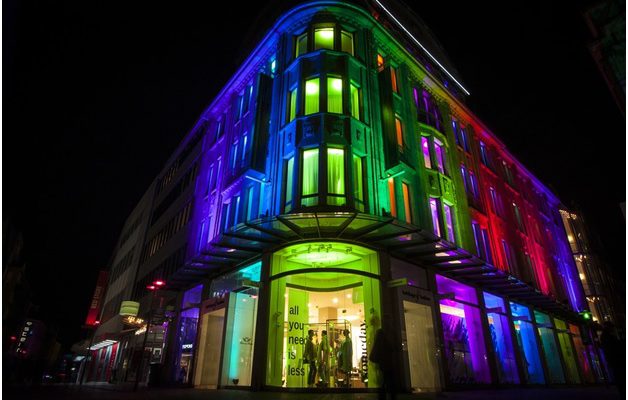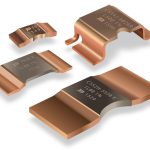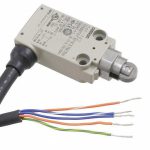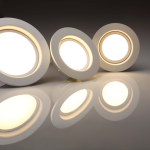
Lighting and energy consumption
Did you know that lighting alone accounts for 20% of all the energy consumed in the UK annually? Research conducted by The Daily Telegraph in conjunction with YouGov further indicated that lighting made up 28% of the amount of money they spend on energy by companies surveyed during the research. This means that LED lighting certainly accounts for a significant amount of the energy bills across the globe. Any means to make lighting more efficient will help cut these costs significantly.
LED
LEDs have become synonymous with energy conservation. Though invented earlier, the LED spiraled to fame in 2014 when its inventors Isamu, Hiroshi Amano and Shuji Nakamura were awarded the Nobel Prize in physics. LED consumes 80% less energy compared to the traditional bulbs. With this degree of efficiency, LED can help businesses cut their energy costs significantly.
How do LEDs work?
LED emit light by passing electrons through a semiconductor, unlike incandescent light which emits light as current passes through the metal within them. LEDs do not have filaments to wear and do not get as hot as incandescent bulbs do.
LEDs can produce light in different colors. They produce light without much glare. Unlike conventional fluorescent tubes, LEDs can be switched on and off a numerous of times without necessarily diminishing their lifespan.
You May Also Like this : LED’S FOR VERTICAL FARMING: THE ULTIMATE BUYING GUIDE
Advantages of LED
Efficiency
Enough can never be told of this aspect of LEDs. The efficiency of a light bulb or a lamp is measured by the number lumens it can produce for every watt it consumes. To put it into perspective, a standard halogen lamp produces up to 24 lumens/watt, a tungsten incandescent bulb produces up to 17.5 lumens/ watt, fluorescent lamp produces up to 75 lumen/ watt while the LEDs produce up to 110lumens/watt. Phillips recently manufactures a T8 LED lamp that produces 200 lumens/watt. Needless to say, it’s the most efficient lamp to date. In general, LEDs will give you more light for less power.
Durability
According to Phillips LUMEC, some LED lights have an operating lifespan of 70,000 hours. This means they live 10 times longer than the standard lamps. Their lack of filaments enables them to withstand vibrations and shock and a lot better standards light can. The can even be exposed to snow and rain without worry of them getting damaged.
Size
Every business premise has hard to reach and compact areas that make lighting them hard. There are some LEDs, some as small as 2mm hence are ideal for LED lighting such areas. LEDs also have cosmetic advantages over incandescent lights that depend on filters to produce color. LEDs’ base colors can be combined to produce millions of color options without using filter options.
Eco-friendly
LED lights do not contain harmful material like mercury hence disposing of them will not pose a challenge to the business. They also do not emit harmful rays and emit less carbon dioxide making the business premise more habitable. Very few LED bulbs contain hence in the are not delicate to handle
The initial capital demanded by LED Lighting might be high but in the energy savings and social benefits accrued from using them is worth it. With technology improving by the day, LEDs are expected to be more efficient and a lot cheaper than they are today making it a lot easier for businesses to embrace them.





















